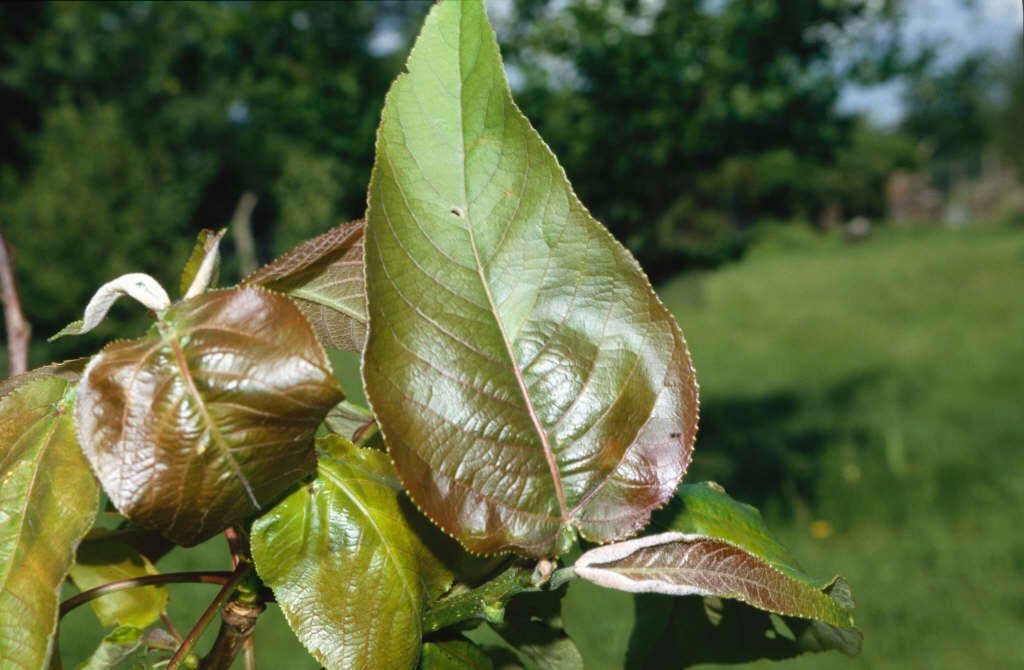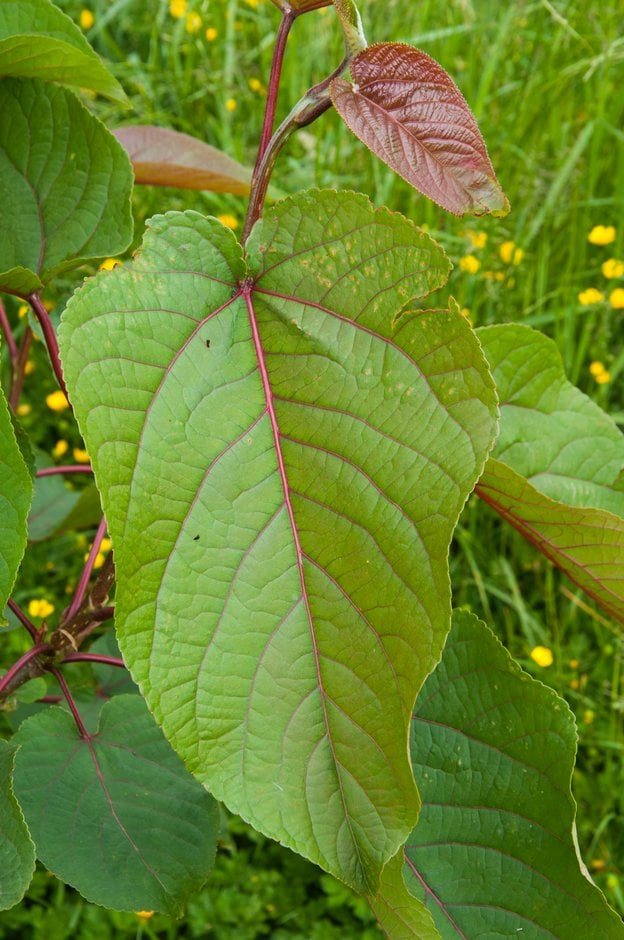Size
Ultimate height
Higher than 12 metresTime to ultimate height
20–50 yearsUltimate spread
Wider than 8 metresGrowing conditions
Moisture
Moist but well–drained, Well–drainedpH
Acid, Alkaline, NeutralColour & scent
| Stem | Flower | Foliage | Fruit | |
| Spring | Green Yellow | Brown Green | ||
|---|---|---|---|---|
| Summer | Green | |||
| Autumn | ||||
| Winter |
Position
- Full sun
Aspect
South–facing
Exposure
Exposed or Sheltered Hardiness
H6Botanical details
- Family
- Salicaceae
- Native to GB / Ireland
- No
- Foliage
- Deciduous
- Habit
- Bushy
- Genus
Populus are deciduous trees, mostly very fast-growing and large, with male and female catkins on separate trees, opening before the leaves. Male catkins are the more ornamental, female ones can be a nuisance from the cottony, wind-blown seeds
- Name status
Correct
- Plant range
- China
How to grow
Cultivation
Cultivated for very rapid growth as a specimen tree; useful as windbreaks. This species will tolerate most soils except those that are constantly waterlogged and in full sun. Avoid growing within 40m of buildings as the vigorous root system may damage drains and foundations, particularly on clay soils; has the potential to become a nuisance
Propagation
Propagate by hardwood cuttings in winter and from suckers in autumn or late winter
Suggested planting locations and garden types
- Coastal
- Cottage and informal garden
- Flower borders and beds
Pruning
Pruning group 1 in late summer to avoid bleeding from pruning cuts. Established trees need little pruning; sucker removal in autumn or winter
Pests
May be susceptible to leaf beetles, sawflies and caterpillars
Diseases
May be susceptible to leaf spots, poplar bacterial canker, tree rusts and honey fungus
Love gardening
Sign up to receive regular gardening tips, inspiration, offers and more
View our Privacy Policy
Get involved
The Royal Horticultural Society is the UK’s leading gardening charity. We aim to enrich everyone’s life through plants, and make the UK a greener and more beautiful place.

